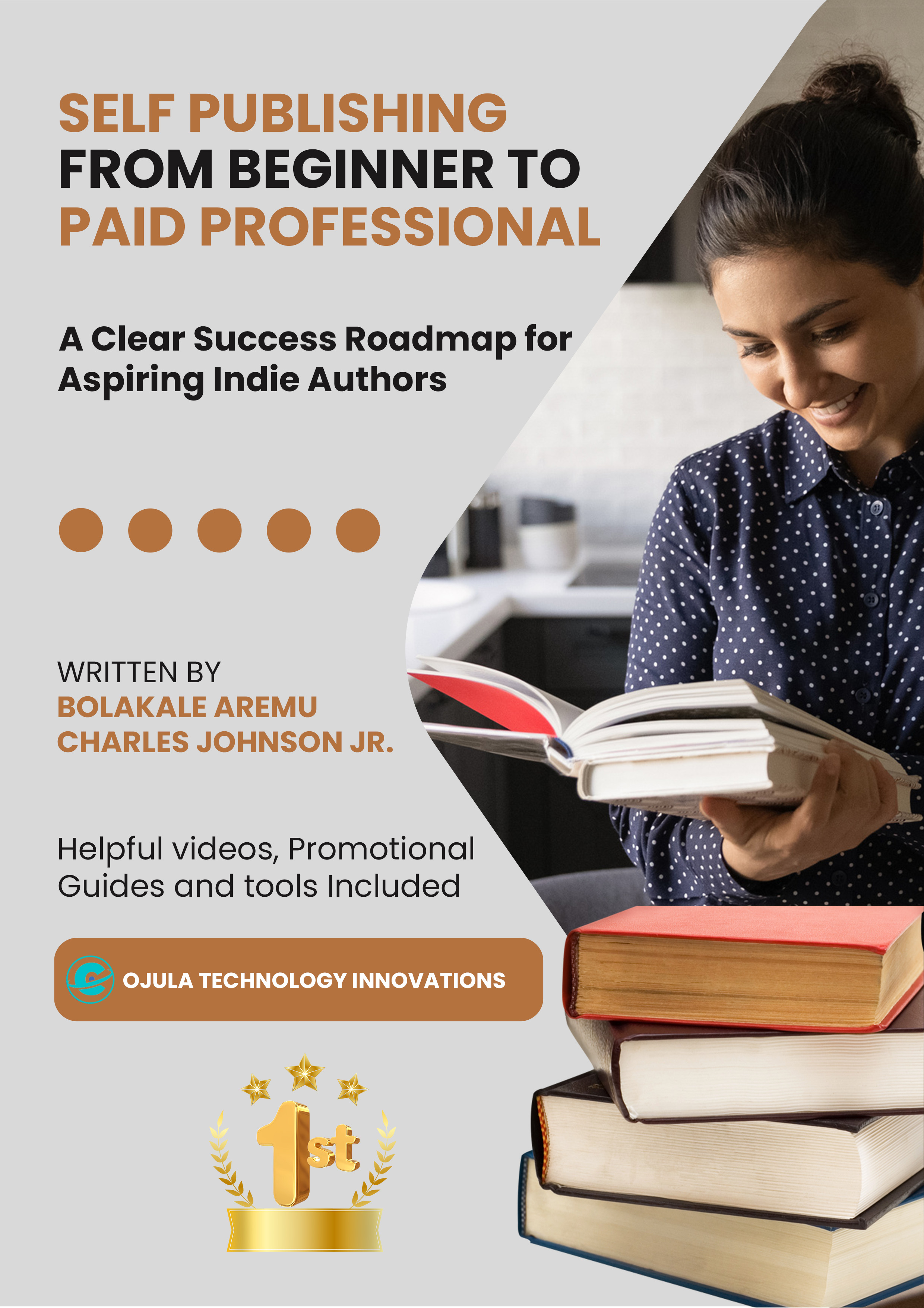
This book is for indie publishers who are struggling to decide how to publish their books. There are so many options that it can be overwhelming. We’ve been there, and in this book, we share our perspectives from personal experiences and extensive research.
Genre: LANGUAGE ARTS & DISCIPLINES / PublishingIt sells well and ranks high on Amazon.
1. What's the Best Publishing Method for You?
Are you struggling to decide how to publish your masterpiece? There are so many options that it can be overwhelming. We’ve been there, and in this book, we share our perspectives from personal experiences and extensive research.
After trying a variety of publishing paths, we’ve successfully published hundreds of books. Hopefully, our advice will result in you having an easier time of it as you choose how to publish your own books.
There are three main ways to publish books: traditional, self-publishing and hybrid. As you’ll see in this article, no single method is best for all authors. Your preferred approach will depend on your skills, interests, and temperament.
Each method has its benefits and drawbacks. Learn about each so you can make a more informed decision regarding which route is best for you.
1.1. Traditional Publishing
Historically, the traditional publishing company has been the primary way of publishing a book. Even though this option is still available, a lot of authors are now switching to the self-publishing or hybrid approach for the reasons I explained below.
This is how the traditional publishing typically works. An author writes a manuscript and finds a literary agent to represent him/her. The agent pitches his/her book to various publishing houses to find one that will publish it. If the agent is successful, a publishing house will go through the steps needed to get the book to market. Such steps include editing the book, creating a book cover, and so on. Once the book is published, the publishing house will proceed to distribution and marketing. In exchange, the publishing house takes a percentage of the sales of the book...
| Language | Status |
|---|---|
|
Italian
|
Already translated.
Translated by A. L.
|
|
Portuguese
|
Already translated.
Translated by Mariele Freitas
|
|
|
Author review: She really worked hard and fast. I will hire her again. |
|
Spanish
|
Already translated.
Translated by Rafael Ayala
|